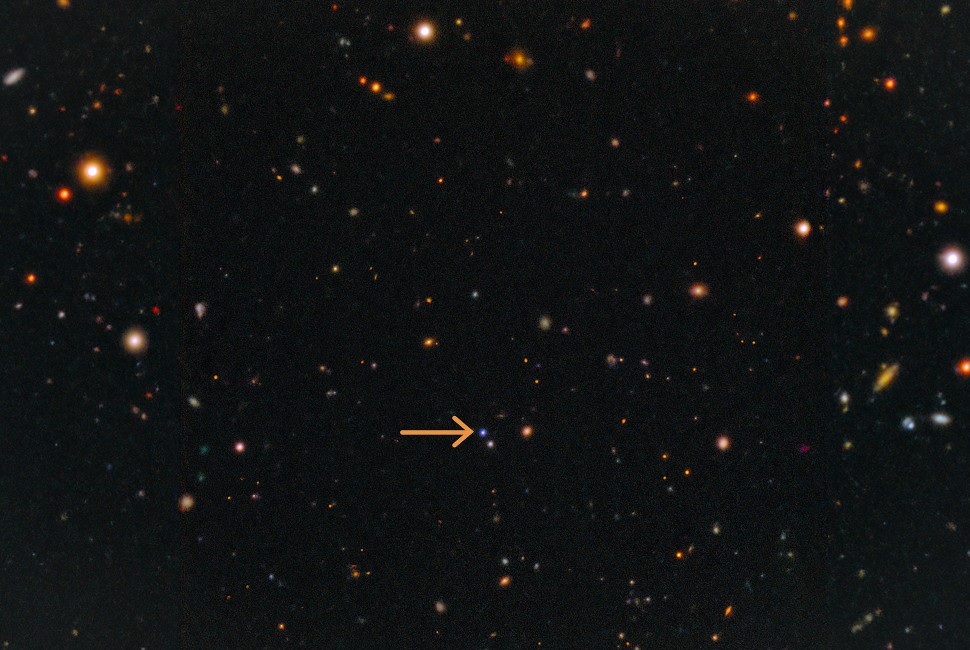An international team of astrophysicists, led by Northwestern University and the University of Leicester in England, has uncovered a possible origin of fast X-ray transients (FXTs) — mysterious, fleeting bursts of X-rays that have long puzzled astronomers.
Using a combination of telescopes around the globe and in space, the team studied the closest FXT associated with the explosive death of a massive star, or supernova, ever observed. A geyser of high-energy particles, or jet, trapped inside a supernova produced the FXT, the scientists discovered.
The study was led by CIERA graduate student Jillian Rastinejad
Read more in the Northwestern news story.


